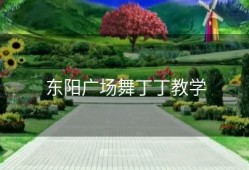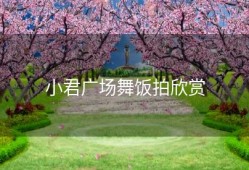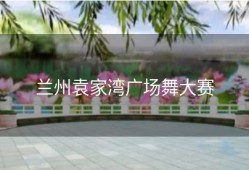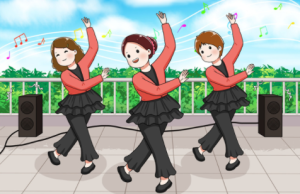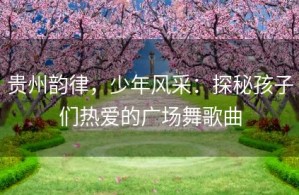Square Dancing: A Melody of Unity, Not a Symphony of Discord
- 广场舞百科
- 2024-03-27 17:04:33
- 76
Content:

Square dancing has undeniably become an integral part of Chinese culture, especially in recent years. This cultural phenomenon, often referred to as "square dance" or "public square dance," has spread like wildfire across China, from the bustling metropolises to the tranquil countryside. It's a testament to the power of community and the universal appeal of music and dance. However, the debate on whether square dancing should be forbidden has been a topic of contention. In my opinion, square dancing should not be forbidden, but rather, managed and regulated for the benefit of all.
The现状 of square dancing is a reflection of the social and cultural fabric of our society. It has brought people together, fostering a sense of community and camaraderie among participants. It has become a daily routine for many, providing an opportunity for exercise, social interaction, and cultural expression. The catchy music and synchronized movements are not only a source of joy for the dancers but also a spectacle for onlookers.
However, it is important to acknowledge the concerns raised by those living near the squares where these dances take place. The loud music and the resulting noise can indeed be a nuisance, disrupting the peace and tranquility of the surroundings. This brings us to the question: Should square dancing be forbidden?
I don't believe that prohibition is the solution. Instead, we should focus on finding a balance between the enjoyment of the dancers and the peace of the residents. Here are a few reasons to support my viewpoint:
Firstly, square dancing is a form of exercise that promotes physical and mental well-being. It provides an accessible and low-cost option for people of all ages to stay active and healthy. In a society where sedentary lifestyles and work-related stress are on the rise, square dancing offers a fun and engaging way to incorporate physical activity into daily life.
Secondly, square dancing fosters social connections and a sense of belonging. It brings people from different backgrounds, age groups, and social statuses together, breaking down barriers and fostering unity. This sense of community is vital for building a harmonious society, where individuals support and care for each other.
Moreover, the public squares serve as a communal space where people can gather, socialize, and enjoy recreational activities. By limiting the time and volume of the music during square dances, we can address the concerns of the residents while still allowing the dancers to enjoy their hobby.
To strike a balance, I suggest implementing the following measures:
1、Designated dance areas: Set up specific zones for square dancing in parks or community centers, away from residential areas. This will help minimize noise disturbances and allow dancers to enjoy their activity without causing inconvenience to others.
2、Time restrictions: Establish specific time slots for square dancing, ensuring that the activities do not extend into late hours when people need quiet and rest.
3、Volume control: Enforce regulations on the maximum allowable volume of music played during square dances. This will help reduce noise pollution and create a more harmonious coexistence between dancers and residents.
4、Community engagement: Encourage dialogue between dancers and residents to address any concerns and find mutually acceptable solutions. This will foster understanding and empathy, leading to better cooperation and harmony within the community.
In conclusion, square dancing should not be forbidden, as it embodies the spirit of community, cultural heritage, and physical well-being. Instead, we should strive to manage and regulate this popular activity in a way that respects the rights and needs of all stakeholders. By doing so, we can turn the melody of square dancing into a harmonious symphony that unites, rather than divides, our society.
免责声明:本网站上的所有文章内容均来自互联网。本网站仅在法律允许的范围内使用、分享和传播这些内容,不违反任何版权或知识产权法。如发现本站有涉嫌抄袭侵权/违法违规的内容,请发送邮件25538@qq.com举报,一经查实,本站将立刻删除。
本文链接:https://www.zhuangrou.com/gcw/347.html




